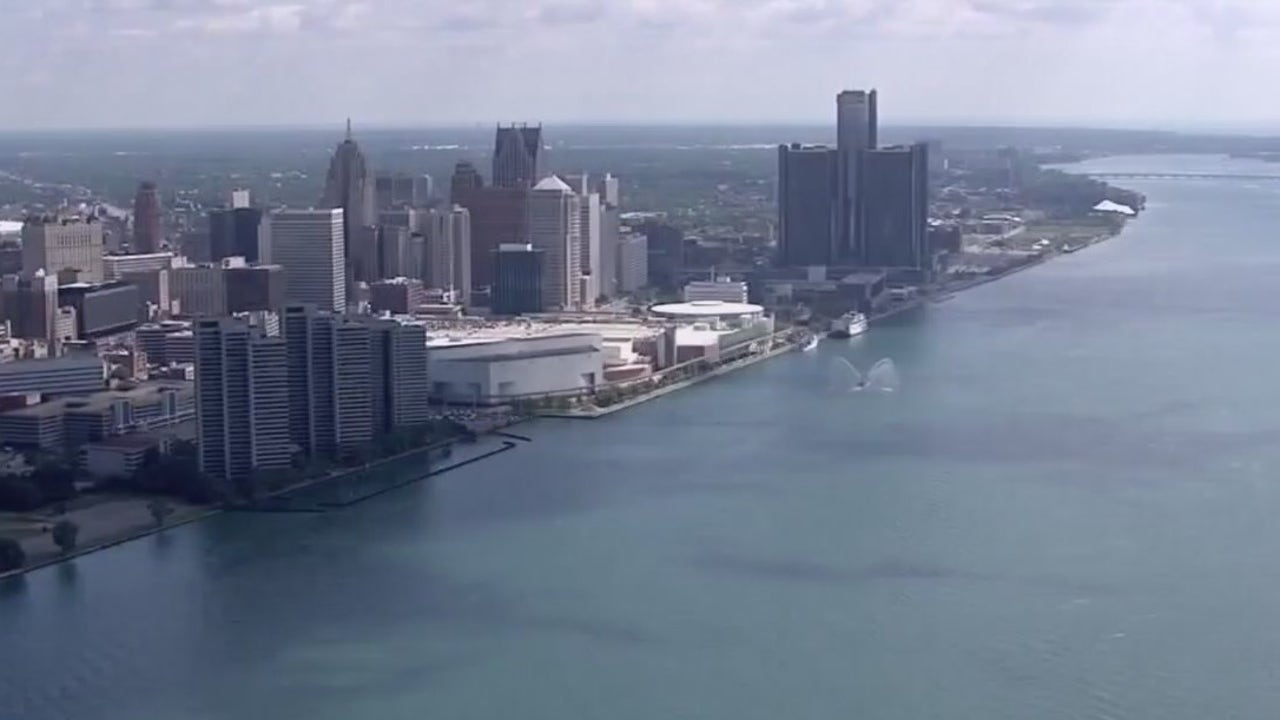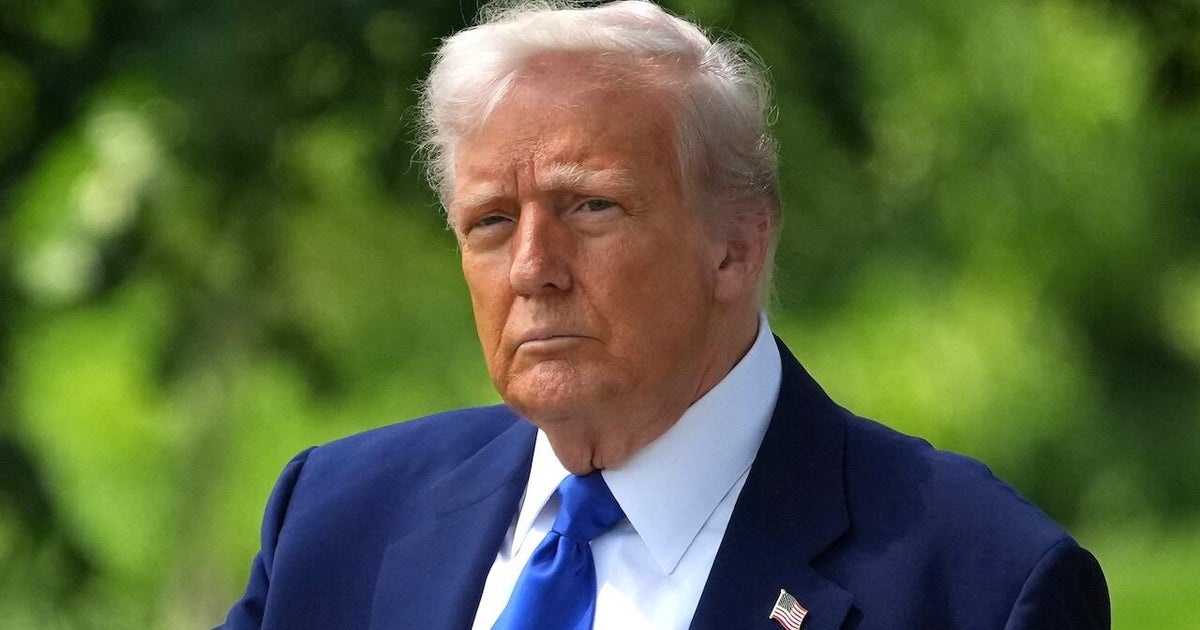- LATEST DEVELOPMENTS:
- Jordan’s king says there can be no military solution to the conflict
- U.S. and international forces based in northeastern Syria targeted at least four times in 24 hours – U.S. official
World
Israel-Hamas war: Gaza’s Al Shifa hospital has tanks at its gates
/cloudfront-us-east-2.images.arcpublishing.com/reuters/NRS4BDAD7BL73EHZWODM5PAMFU.jpg)
GAZA/JERUSALEM, Nov 13 (Reuters) – Israeli tanks took up positions at the gates of Gaza City’s main hospital on Monday, the primary target in their battle to seize control of the northern half of the Gaza Strip, where medics said patients including newborns were dying for lack of fuel.
Gaza health ministry spokesperson Ashraf Al-Qidra, who was inside Al Shifa hospital, said 32 patients had died in the past three days, including three newborn babies, as a result of the siege of the hospital and lack of power.
At least 650 patients were still inside, desperate to be evacuated to another medical facility by the Red Cross or some other neutral agency. Israel says the hospital sits atop tunnels housing a headquarters for Hamas fighters using patients as shields, which Hamas denies.
“The tanks are in front of the hospital. We are under full blockade. It’s a totally civilian area. Only hospital facility, hospital patients, doctors and other civilians staying in the hospital. Someone should stop this,” a surgeon at the hospital, Dr Ahmed El Mokhallalati, said by telephone.
“They bombed the (water) tanks, they bombed the water wells, they bombed the oxygen pump as well. They bombed everything in the hospital. So we are hardly surviving. We tell everyone, the hospital is no more a safe place for treating patients. We are harming patients by keeping them here.”
There was also fresh concern that the war could spread beyond Gaza, with an upsurge of clashes on Israel’s northern border with Lebanon, and the United States launching air strikes on Iran-linked militia targets in neighbouring Syria.
King Abdullah in neighbouring Jordan was quoted by state media on Monday as saying the root cause of the crisis was Israel’s denial of Palestinians’ “legitimate rights” and that there could be no military solution.
Israel launched its campaign last month to annihilate Hamas, the militant group which runs the Gaza Strip, after Hamas fighters rampaged through southern Israel killing civilians. Around 1,200 people died and 240 were dragged to Gaza as hostages according to Israel’s tally, in the deadliest day in its 75-year history.
Since then thousands of Gazans have been killed and two thirds of the population made homeless by a relentless Israeli military campaign. Israel has ordered the total evacuation of the northern half of Gaza. Gaza medical authorities say more than 11,000 people have been confirmed killed, around 40% of them children.
Since Israeli ground forces entered Gaza in late October and quickly surrounded Gaza City, fighting has been concentrated in a tightening circle around Al Shifa, the enclave’s biggest hospital.
Gaza health ministry spokesperson Qidra said an Israel tank was now stationed at the hospital gate. Israeli snipers and drones were firing into the hospital, making it impossible for medics and patients to move around.
“We are besieged and are inside a circle of death,” he said.
Israel has told civilians to leave and medics to send patients elsewhere. It says it has attempted to evacuate babies from the neo-natal ward and left 300 litres of fuel to power emergency generators at the hospital entrance, but the offers were blocked by Hamas.
[1/14]Newborns are placed in bed after being taken off incubators in Gaza’s Al Shifa hospital after power outage, amid the ongoing conflict between Israel and the Palestinian Islamist group Hamas, in Gaza City, Gaza in this still image obtained by REUTERS. Acquire Licensing Rights
Qidra said the 300 litres would power the hospital for just half an hour, and Shifa needed 8,000-10,000 litres of fuel per day delivered by the Red Cross or an international agency. An Israeli official who requested anonymity said 300 litres could last several hours because only the emergency room was running.
Dr El Mokhallalati, the surgeon, said premature babies that would normally be in individual incubators were being lined up eight to a bed, kept warm with whatever power was left.
After three died there were 36 alive in the neo-natal unit, he said. “We are expecting to lose more of them day by day.”
GUNBATTLE AT SECOND HOSPITAL
Fighting also took place at a second major hospital in northern Gaza, al-Quds, which has also stopped functioning. The Palestinian Red Crescent said the hospital was surrounded by heavy gunfire, and a convoy sent to evacuate patients and staff had been unable to reach it.
Israel said it had killed “approximately 21 terrorists” at al-Quds in return fire after fighters shot from the hospital entrance. It released footage purporting to show a group of men at the hospital gate, one of whom appeared to be carrying a rocket-propelled grenade launcher.
U.N. agencies observed a minute’s silence on Monday for 101 staff members killed so far in Gaza.
U.N. agency UNRWA is now housing around 800,000 people in Gaza, or half of those made homeless by the fighting. It said on Monday its emergency fuel depot for the enclave had finally run dry and it would soon be unable to run ambulances, resupply hospitals, provide drinking water or pump sewage.
The more than month-long conflict has polarised the world, with many countries saying that even the shocking brutality of the Hamas attacks did not justify an Israeli response that has killed so many civilians.
Israel says it must destroy Hamas, and the blame for harm to civilians falls on fighters hiding among them. It has rejected demands for a ceasefire, which it says would only prolong the suffering by letting Hamas regroup. Washington backs that position though it says it is pressing its ally to protect civilians.
Hundreds of thousands of residents are believed to remain in the northern part of Gaza, despite Israel’s order to leave. Israel has also regularly bombed the south.
The conflict has raised fears of a broader conflagration. Lebanon-based Hezbollah, which like Hamas is backed by Iran, has traded missile attacks with Israel.
U.S. and international forces based in northeastern Syria were targeted at least four times in less than 24 hours with drones and rockets, a U.S. military official said on Monday, adding there had been no casualties.
Reporting by Nidal al-Mughrabi in Gaza, Dan Williams in Jerusalem, and Reuters bureaux
Writing by Peter Graff
Editing by Nick Macfie
Our Standards: The Thomson Reuters Trust Principles.

Continue Reading
World
Scarlett Johansson Was Offered ‘Sex Object’ Roles ‘For Years’ After ‘Lost in Translation,’ Says Bill Murray Was in a ‘Hard Place’ on Set: ‘Life Has Humbled Him’ Now

Scarlett Johansson remembered in an interview with Vanity Fair her career getting pigeonholed by “sex object” roles after the breakout success of Sofia Coppola’s 2003’s “Lost in Translation,” which cast a 17-year-old Johansson opposite Bill Murray.
“After ‘Lost in Translation,’ every role that I was offered for years was ‘the girlfriend,’ ‘the other woman,’ a sex object — I couldn’t get out of the cycle,” Johansson said. “It sort of felt like, ‘Oh, I guess this is my identity now as an actor.’ There wasn’t much I could do with that.”
Johansson added that her representatives at the time did not help her try to avoid these roles, although “they were reacting to the norm. The industry worked like that forever.”
“You come into your sexuality and your desirability as part of your growth, and it’s exciting to blossom into yourself,” she continued. “You’re wearing the clothes you want, you’re expressing yourself, then you suddenly turn around and you’re like, ‘Wait, I feel like I’m being’ — I don’t want to say exploited because it’s such a severe word. That term is so heavy, but yeah, it was a kind of an exploitation.”
“Lost in Translation” stars Murray as a fading movie star in Tokyo who befriends Johansson’s college graduate amid a midlife crisis. Johansson would not go into specifics but did say “Bill was in a hard place” during the film’s production, adding: “Everybody was on tenterhooks around him, including our director and the full crew, because he was dealing with his… stuff.”
Johansson said she never had worked with an actor in Murray’s “headspace” before. The two performers ran into each other earlier this year behind the scenes of “SNL50,” where Murray was in a much more spirited mood.
“He’s such a different person now. I think life has humbled him,” Johansson said, confirming she was partly referring to his behavior on the set of the 2022 movie “Being Mortal” that resulted in the project being shut down. Murray said earlier this year that he gave a woman on set a kiss through a mask, although he maintained he was just being silly.
“Certainly, yes — that was really bad,” Johansson said. “But I also know COVID was a hard thing for him. Life — all these things have led up to him being held accountable for that kind of behavior. But you know what? How wonderful that people can change.”
Speaking of her experience on “Lost in Translation” at large, Johansson added: “I’m pretty proud of how I handled myself. I really just did the work, you know? It’s a good tactic for pushing through stuff. Eyes on the prize.”
Head over to Vanity Fair’s website to read Johansson’s cover story in its entirety.
World
Trump makes historic UAE visit as first US president in nearly 30 years
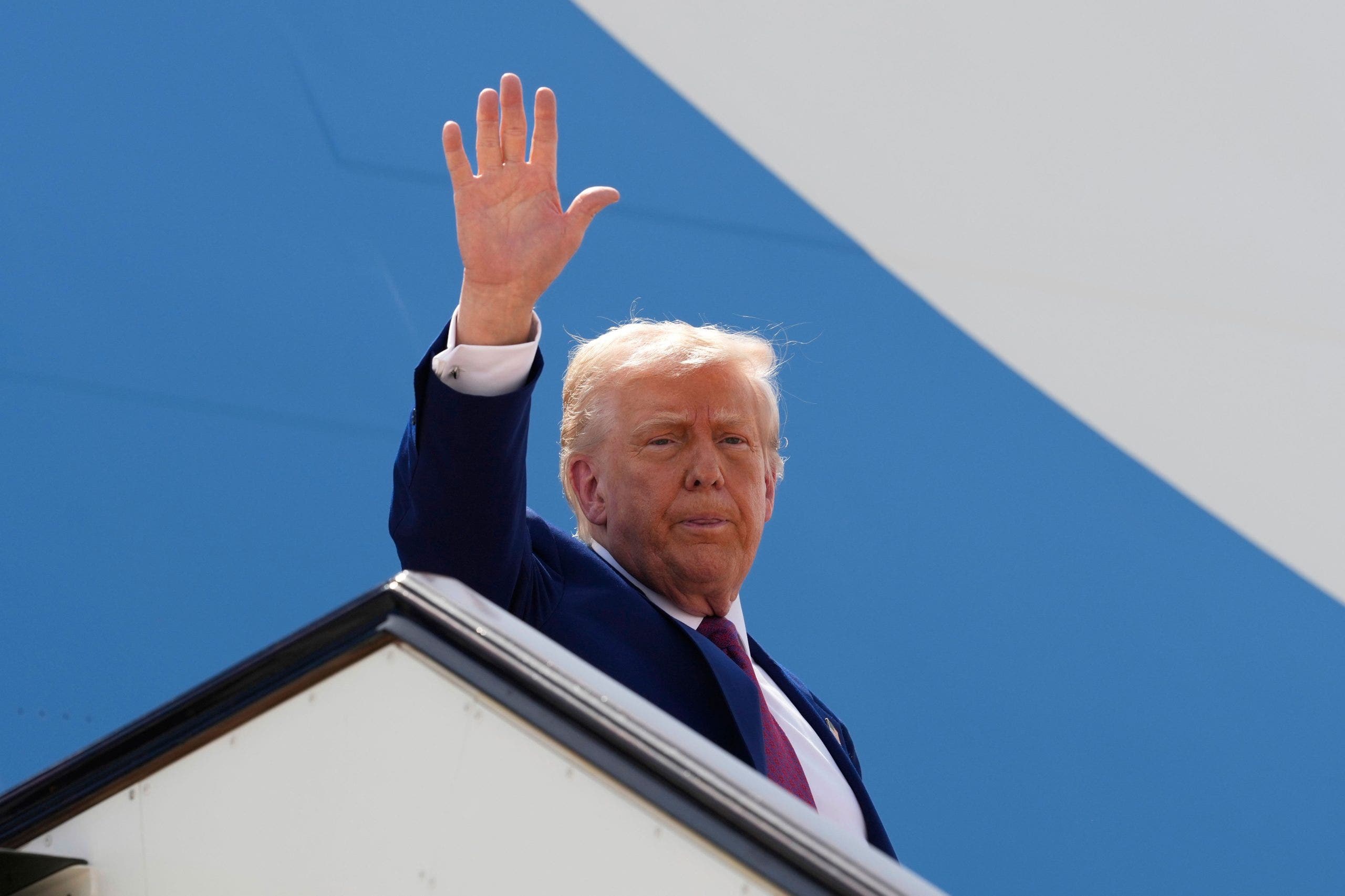
President Donald Trump on Thursday will soon land in the United Arab Emirates for his final stop in the Middle East this week in a visit that marked the first time a U.S. president has traveled to the nation in nearly 30 years, following President George W. Bush’s trip in 2008.
Trump, who has secured major business deals first in Saudi Arabia and then Qatar, is expected to announce more agreements with what has long been one of the U.S.’ chief trading partners in the region — though given recently announced trillion-dollar deals, it is unclear what more the Emiratis will agree to.
In March, the UAE pledged a $1.4 trillion investment in the U.S. economy over the next decade through AI infrastructure, semiconductor, energy and American manufacturing initiatives, including a plan to nearly double U.S. aluminum production by investing in a new smelter for the first time in 35 years.
President Donald Trump waves as he boards Air Force One to depart Al Udeid Air Base on his way to the UAE on Thursday, May 15, 2025, in Doha, Qatar. (AP Photo/Alex Brandon)
TRUMP SIGNS AGREEMENTS WITH QATAR ON DEFENSE AND BOEING PURCHASES
On the eve of the president’s visit to the Middle Eastern nation, the State Department also announced a $1.4 billion sale of CH-47 F Chinook helicopters and F-16 fighter jet parts to Abu Dhabi.
However, lawmakers on Wednesday suggested they may block this sale amid concerns over direct personal business ties, as Trump’s crypto venture has also received a $2 billion investment by a UAE-backed investment firm.
“If I was a betting person, I’d bet that the Emiratis almost certainly kept some things in reserve for President Trump’s actual visit that can be announced when he’s on the ground in Abu Dhabi,” John Hannah, former national security advisor to Dick Cheney and current Randi & Charles Wax senior fellow at the Jewish Institute for National Security of America (JINSA), told Fox News Digital. “I wouldn’t be at all surprised if we see some new items unveiled or some additional details put out on some of the earlier announcements.”
“The UAE has clearly staked its future on being the Middle East leader in a wide range of 21st-century technologies, from AI to chips to space,” he added. “And of course, the shopping list for high-end weapons is almost limitless and always a possible deliverable for a trip like this.”
Increased scrutiny arose around Trump’s Middle East tour as engagement with all three nations holds personal value to him, given the Trump Organization’s luxury resorts, hotels, golf courses, real estate projects and crypto investment schemes in the region.
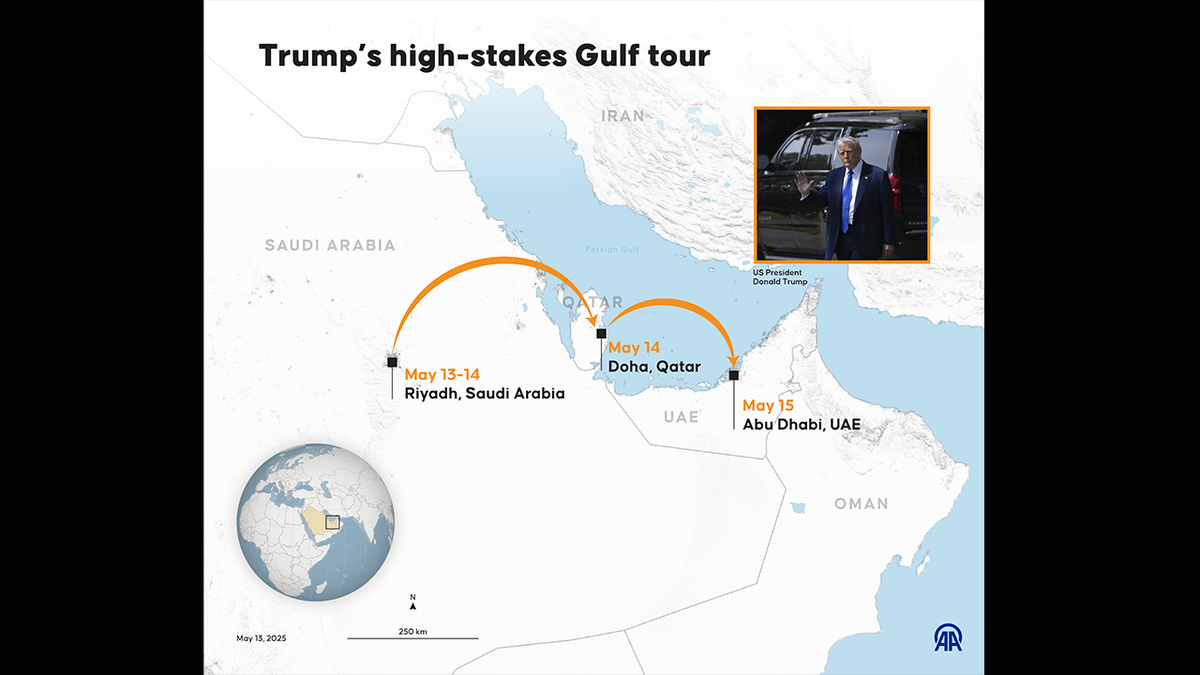
An infographic titled “Trump’s high-stakes Gulf tour,” created in Ankara, Turkey, on Tuesday. (Yasin Demirci/Anadolu via Getty Images)
TRUMP CONTINUES TO DEFEND QATAR GIFTING US $400M JET: ‘WE SHOULD HAVE THE MOST IMPRESSIVE PLANE’
But all three nations also hold significant value to Washington, as they have become key players in some of the toughest geopolitical issues facing the U.S. and its allies.
Saudi Arabia and Qatar have been integral in facilitating U.S. negotiations when it comes to ending Russia’s war in Ukraine and hostage negotiations in the Gaza Strip.
While neither of these issues appeared to be top points of discussion in Trump’s visit to Saudi Arabia or Qatar, he may hit on geopolitical ties more heavily when it comes to the UAE, particularly given that Abu Dhabi is one of the few Middle Eastern nations that holds normalized diplomatic ties with Israel.
The UAE has ardently opposed Israel’s military operations in the Gaza Strip, has called for a two-state solution, and has rejected Trump’s “riviera plans,” instead favoring an Egypt-reconstruction alternative.
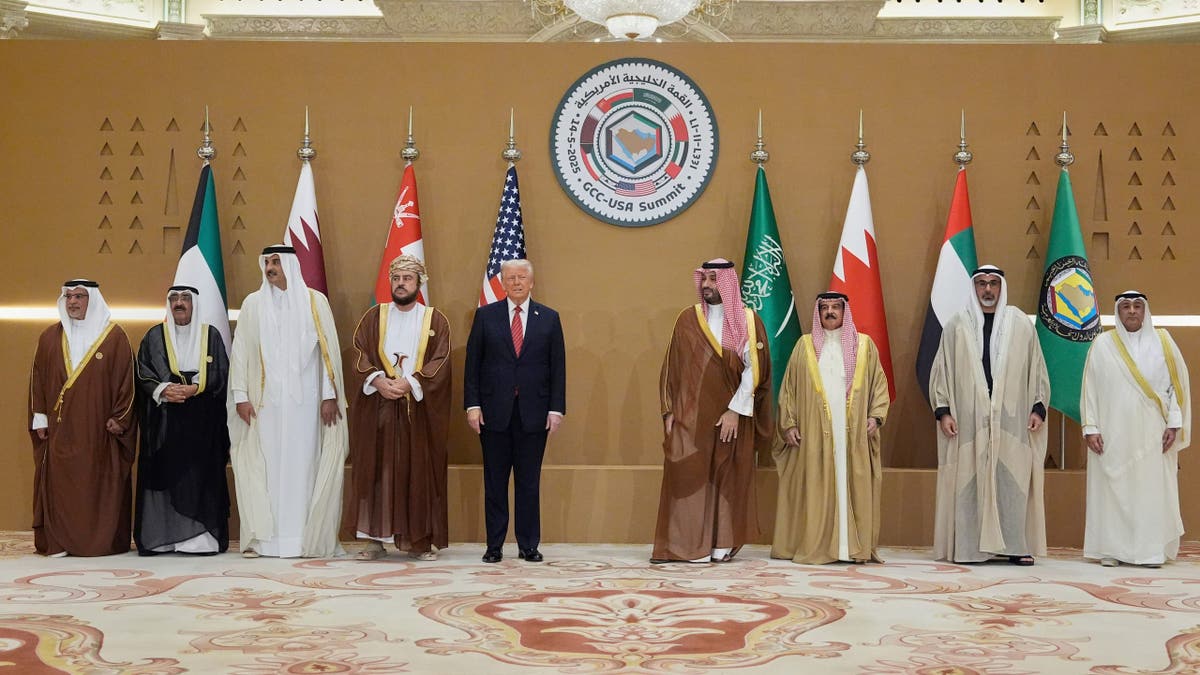
President Donald Trump, center, attends a photo session with Saudi Crown Prince Mohammed bin Salman, United Arab Emirates Crown Prince Sheikh Khaled bin Mohamed bin Zayed Al Nahyan, Qatar’s Emir Sheikh Tamim bin Hamad Al Thani, Kuwait’s Crown Prince Mishal Al-Ahmad Al-Jaber Al-Sabah and Gulf Cooperation Council Secretary-General Jasem Mohamed Albudaiwi during the GCC Summit in Riyadh, Saudi Arabia, on Wednesday. (AP Photo/Alex Brandon)
But Abu Dhabi has also maintained relations with the U.S.’ biggest adversaries, including China, Russia and Iran, which could be a topic of conversation during Trump’s one-day visit.
“As everywhere on this trip, the headlines will likely be dominated by the dollar signs and deal-making,” Hannah said. “But I’m personally most interested in the geopolitical angle of trying to reset the U.S.-Emirati strategic partnership, especially in the context of America’s great power competition with China and to a lesser extent Russia, and regionally with Iran.”
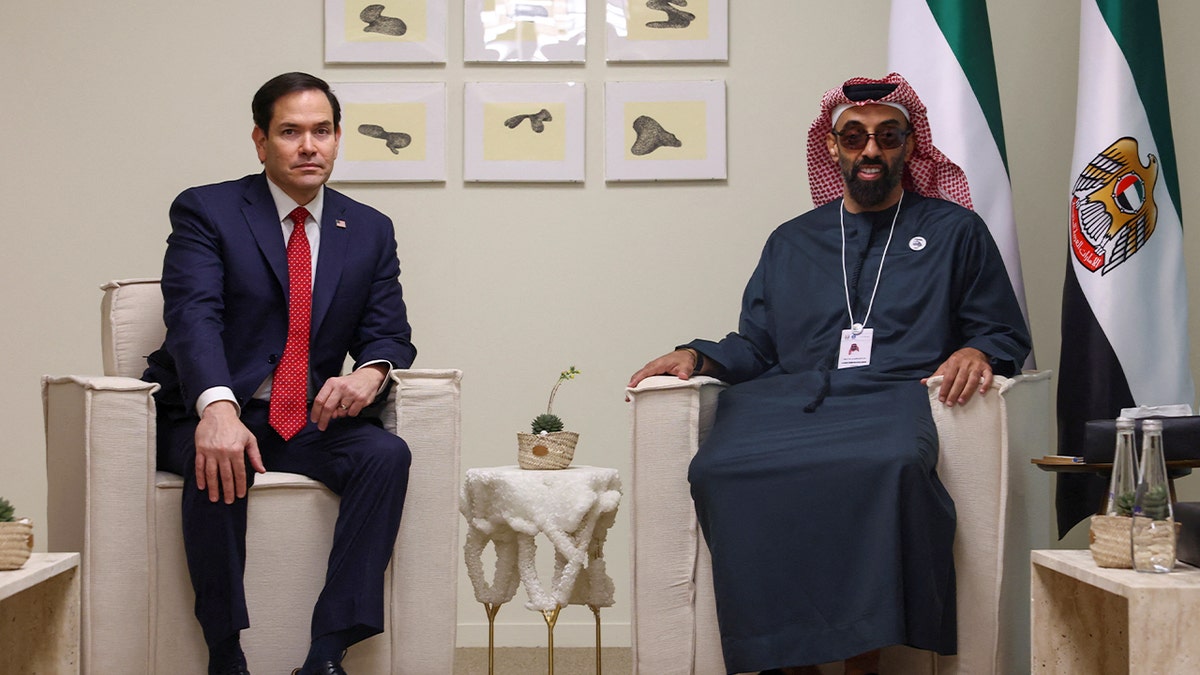
Secretary of State Marco Rubio, left, appears with UAE National Security Advisor Sheikh Tahnoon bin Zayed Al Nahyan at ADNEC Centre Abu Dhabi in Abu Dhabi, United Arab Emirates, on Feb. 19. (Reuters/Evelyn Hockstein/Pool)
Hannah explained that Trump’s visit to the UAE exemplifies a recommitment by the U.S. economically and militarily to support Abu Dhabi’s “stability, security, and success in a dangerous neighborhood” and could “pay real dividends going forward.”
“The UAE’s top leadership has come to believe that putting most of its eggs into the American basket was an increasingly risky bet as one president after another decided that the Middle East was a lost cause — nothing but ‘blood and sand’ as President Trump famously said in his first term — and the country needed to pivot its focus toward Asia,” he continued. “With a country as influential and resource-rich as the UAE, correcting that unhelpful perception and putting the strategic relationship back on a much more positive dynamic is an important goal.”
World
Leak: Commission to launch PFAS clean-ups in water resilience strategy
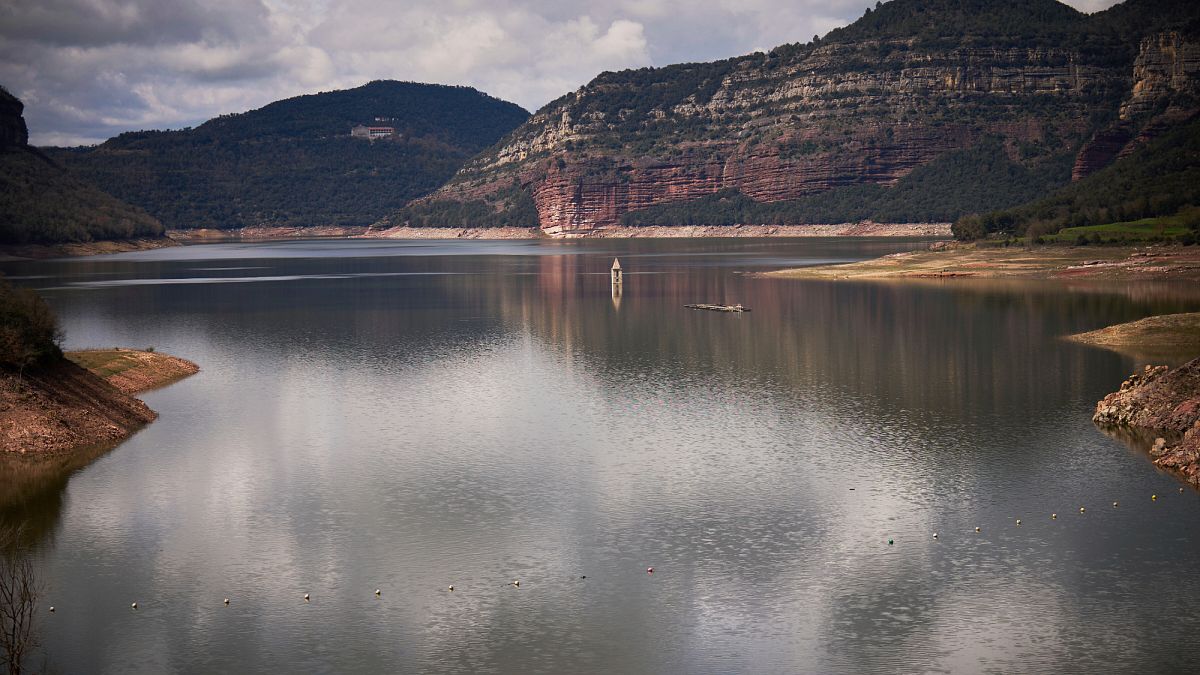
The European Commission is preparing to support a major clean-up initiative targeting Per- and polyfluoroalkyl substances (PFAS), also known as “forever chemicals” due to their persistence in the environment and human body, according to a leaked proposal seen by Euronews.
The operation, which is expected to start in 2026, is a central feature of the forthcoming EU Water Resilience Strategy.
Controversially shelved by the previous Commission and now slated for presentation by 4 June, the new strategy aims to address increasingly severe flooding, droughts, and escalating water pollution across Europe.
According to a leaked draft of the proposal seen by Euronews, the Commission warns that “urgent action is needed to tackle pollutants of emerging concern which pose a risk to our vital sources of drinking water.”
“The EU must embark on decisive efforts to clean up these and other ubiquitous, persistent, bio-accumulative, and toxic substances, particularly where such chemicals remain indispensable for societal or industrial use,” the draft continues.
The leaked document stresses that remediation should follow the “polluter pays” principle, with public funding reserved for so-called orphan sites, namely locations where no responsible party can be identified.
The estimated cost of cleaning up PFAS contamination across Europe ranges from €5 billion to €100 billion annually, according to the Commission. The water sector alone could face up to €18 billion in additional yearly expenses for drinking water treatment. Costs for wastewater and sewage sludge management are projected to be even higher.
Among the planned initiatives is a public-private partnership launching in 2026, focused on the detection and clean-up of PFAS and other persistent chemicals. The initiative will align with recently revised EU legislation on industrial emissions, drinking water, and wastewater, and is intended to foster innovation and market development within the European water sector.
“Innovation and digitalisation are indispensable to remove emerging pollutants like PFAS and other toxic micro-substances,” the Commission notes in the draft adding that bio-based technologies could offer long-term solutions. The document also highlights the importance of achieving energy neutrality in the wastewater sector and improving integrated urban water management.
The PFAS actions in the strategy are intended to complement ongoing efforts under the revision of the EU’s REACH framework, as outlined in President von der Leyen’s 2024–2029 political guidelines, which are also slated for revision soon.
By the end of 2025, the Commission aims to adopt a comprehensive restriction on all PFAS in firefighting foams, identified as one of the primary sources of PFAS emissions.
PFAS and other highly persistent pollutants continue to accumulate in EU waters, with estimated health-related costs ranging from €52 billion to €84 billion annually.
Aligned with the Zero Pollution Action Plan, the Commission also proposes a monitoring and outlook system to tackle water and marine pollution at its source.
-

 Austin, TX5 days ago
Austin, TX5 days agoBest Austin Salads – 15 Food Places For Good Greens!
-

 Technology1 week ago
Technology1 week agoBe careful what you read about an Elden Ring movie
-

 Technology1 week ago
Technology1 week agoNetflix is removing Black Mirror: Bandersnatch
-

 Culture1 week ago
Culture1 week agoPulitzer Prizes 2025: A Guide to the Winning Books and Finalists
-

 Education1 week ago
Education1 week agoUniversity of Michigan President, Santa Ono, Set to Lead University of Florida
-

 World1 week ago
World1 week agoThe Take: Can India and Pakistan avoid a fourth war over Kashmir?
-

 News7 days ago
News7 days agoReincarnated by A.I., Arizona Man Forgives His Killer at Sentencing
-

 News1 week ago
News1 week agoJefferson Griffin Concedes Defeat in N.C. Supreme Court Race





